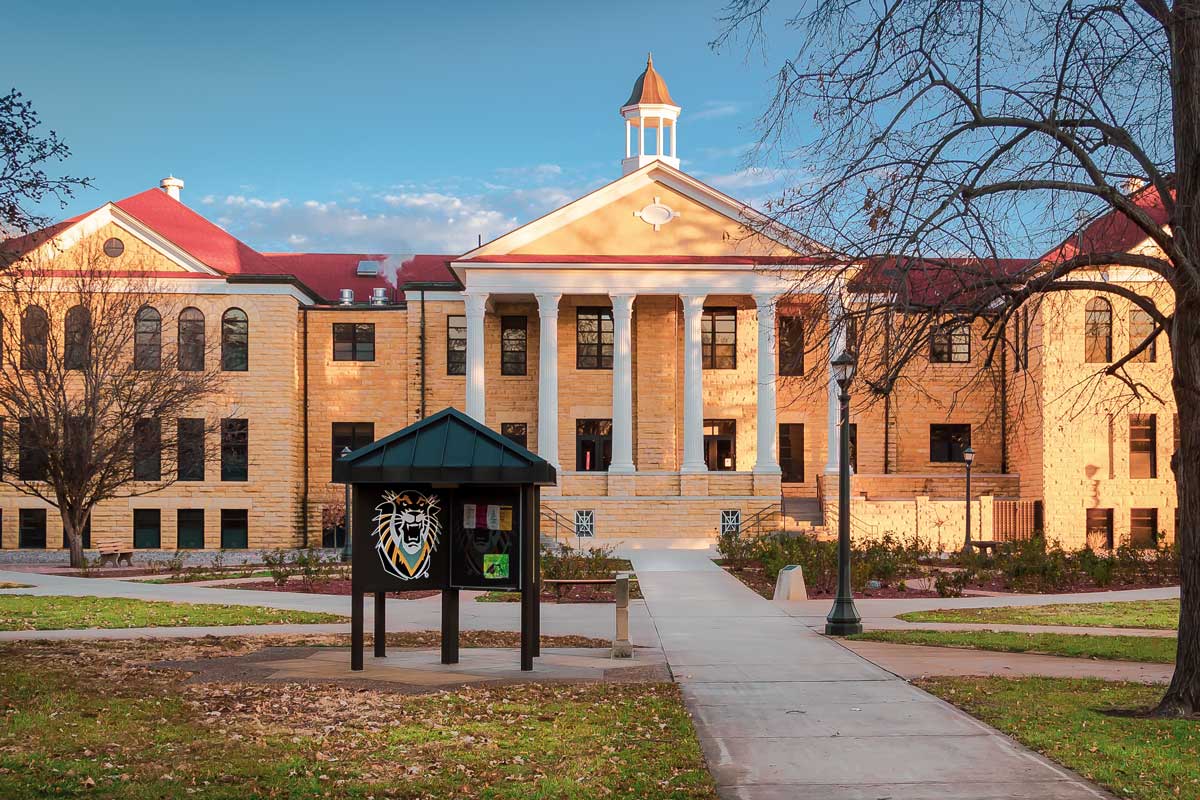Over the summer, a friend of mine asked me if I would be a luncheon speaker for a group of retired executives. The group was looking for someone to speak about the Crisis in Higher Education, and he thought I would be the perfect speaker given my two decades of involvement with online higher education. I agreed to speak and thought I would provide an outline of my speech In advance.
“Know your audience” is a mantra that I have heard repeatedly. I assumed that most of the group’s members are college graduates, have sent their children (and maybe grandchildren) to college, and maybe one or two have served on a college board. Every speech needs a starting point. I decided to begin with a list of the 10 oldest colleges in America (still operating today). I noted that the origins of colleges in the U.S. were as places for wealthy people to send their children. Most of the earliest colleges were privately funded, some with the goal of educating clergy. Many required applicants to know Latin and Greek to attend. For years, private colleges enrolled as many students as the state-funded colleges.
The passage of the Morrill Act in 1862 provided federal funding to the states in the form of land grants to establish colleges for farmers and engineers. There are books, dissertations, and papers about the Morrill Act, but my point is that the Morrill Act of 1862 was the first major federal involvement in higher education. Congress granted the land to states to sell and use the proceeds to establish these public-funded colleges. There was a second Morrill Act in 1890 that provided funding to former Confederate states as well as to HBCU’s that had been left behind in the original act.
The next major federal initiative was 82 years later when the Servicemen’s Readjustment Act, also known as the G.I. Bill, was signed into law by President Franklin Roosevelt in June 1944. The purpose of the bill was to provide World War II veterans with funds for college education, training schools, on-the-job training, unemployment insurance, and housing. This bill gave millions of veterans the opportunity to attend college and was responsible for enlarging America’s middle class.
Eight million vets received education benefits including 2.3 million for college, 3.5 million for training school, and 3.4 million for on-the-job training. College degrees awarded in the U.S. doubled between 1940 and 1950. When the funding expired for the original bill in 1956, Congress estimated that income tax increases for the program’s beneficiaries offset the $14 billion cost. In 1957, the percentage of Americans with a four-year degree or more had nearly doubled since 1940 with 9.6 percent of men and 5.8 percent of women holding those credentials.
The next phase of federal intervention specifically relating to college students was the passage of the National Defense Education Act in 1958. The passage of this act was stimulated by the Soviet Union’s launch of the Sputnik satellite. The bill established the legitimacy of federal funding of student loans instead of grants. According to data published on the Congressional website, thanks to the passage of this bill, the number of students enrolled in college in the U.S. increased from 3.6 million in 1960 to 7.5 million in 1970.
In 1965, Congress passed the Higher Education Act as part of President Johnson’s social benefits packages. The bill was the successor to the National Defense Education Act. Title IV of the Act authorized student financial aid including grants, loans, work-study funding, and rules for financial aid need analysis. At this point in time, 3.97 million students were enrolled in public colleges and universities and 1.95 million students were enrolled in private colleges and universities. The percentage of Americans who earned a four-year degree or more were 12.0 percent of all males and 7.1 percent of all females. Notably, the percentage of Americans with a four-year degree or more had doubled over the 25 years since the start of WWII thanks to the kickstart provided by the GI Bill followed by the National Defense Education Act.
Title IX of the Higher Education Act was passed as part of a group of amendments in 1972. The amendment prohibited sexual discrimination in any program or activity at institutions receiving federal financial aid. The bill is most known for its impact on college sports forcing colleges to implement a balance in the number of athletes participating on men’s and women’s teams. Another of the 1972 amendments allowed for-profit institutions to participate in Title IV programs. In 1972, 7.07 million students were enrolled at public institutions which was a 3 million student increase since the passage of the Higher Education Act in 1965. Private college student enrollments were 2.14 million representing a 20,000-student increase over seven years. The percentages of American men and women with a four-year degree or more increased to 15.4 percent of men and 9.0 percent of women.
(This is the end of part 1; the PowerPoint presentation for this section consists of 8 slides – part 2 will follow)











